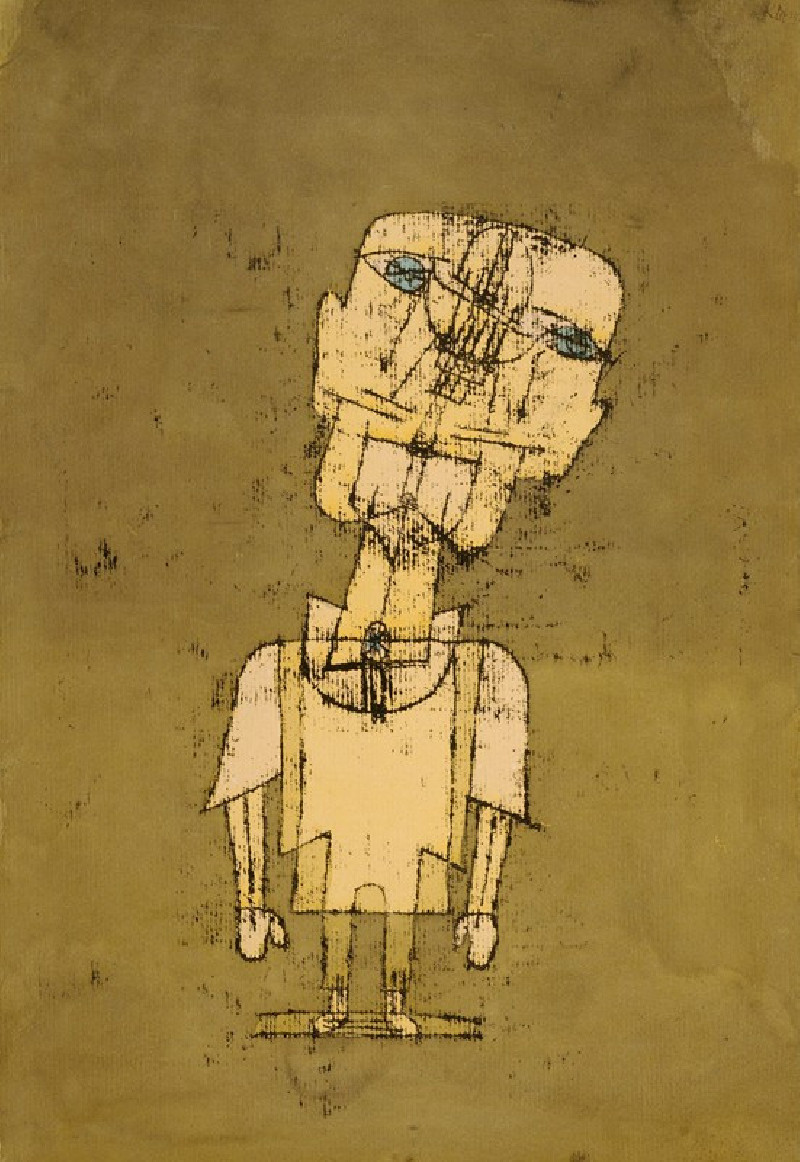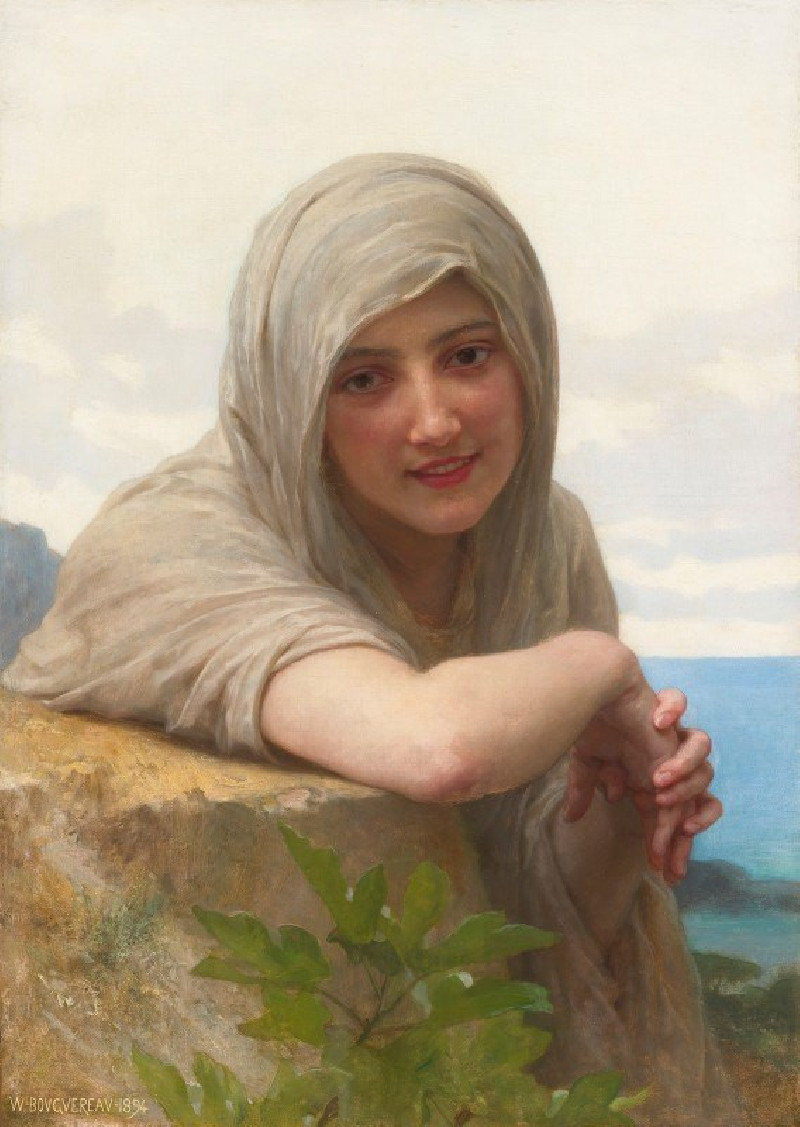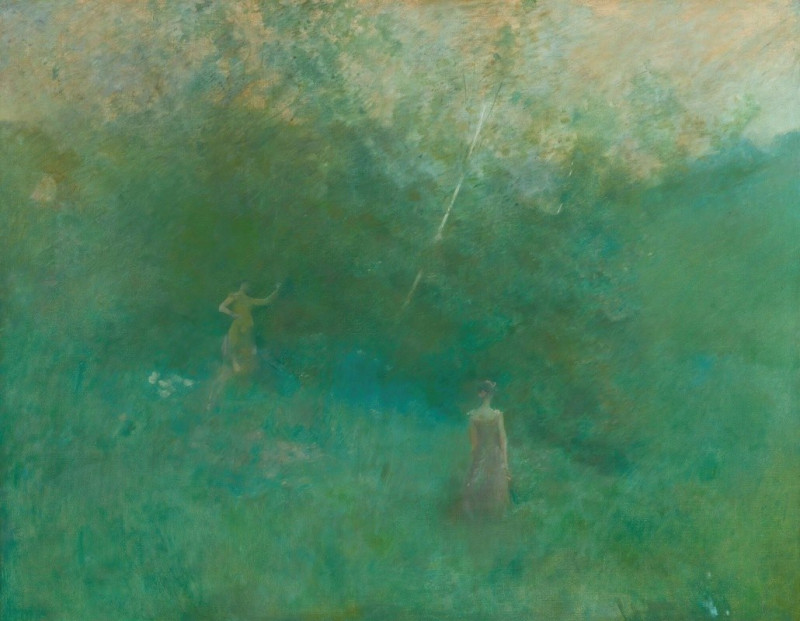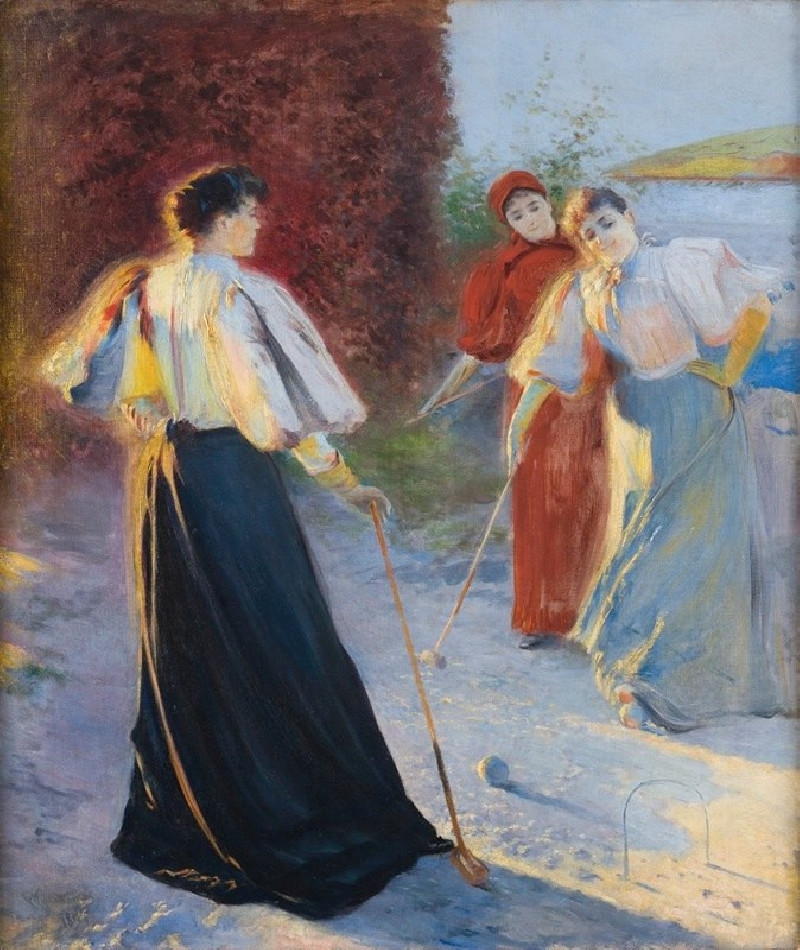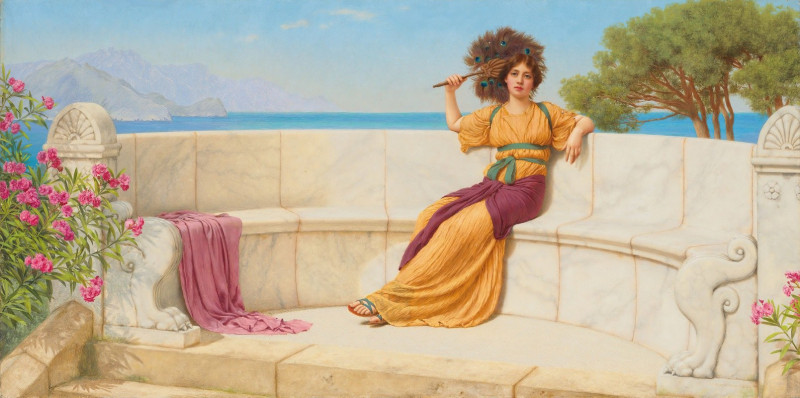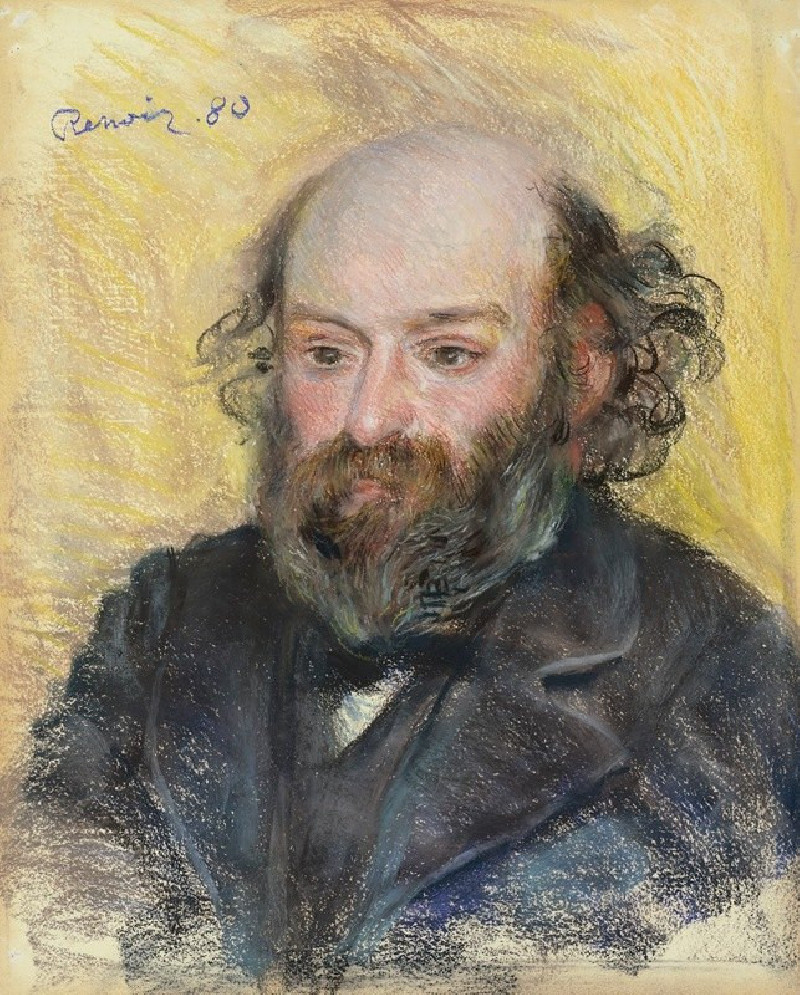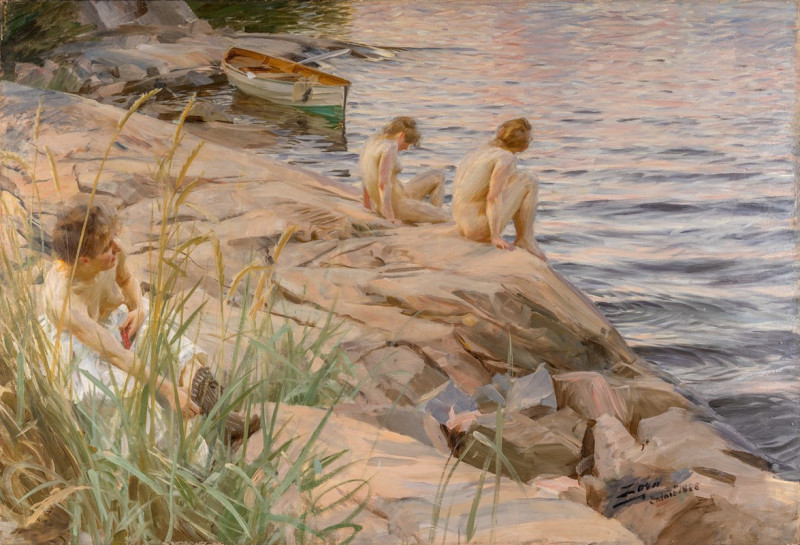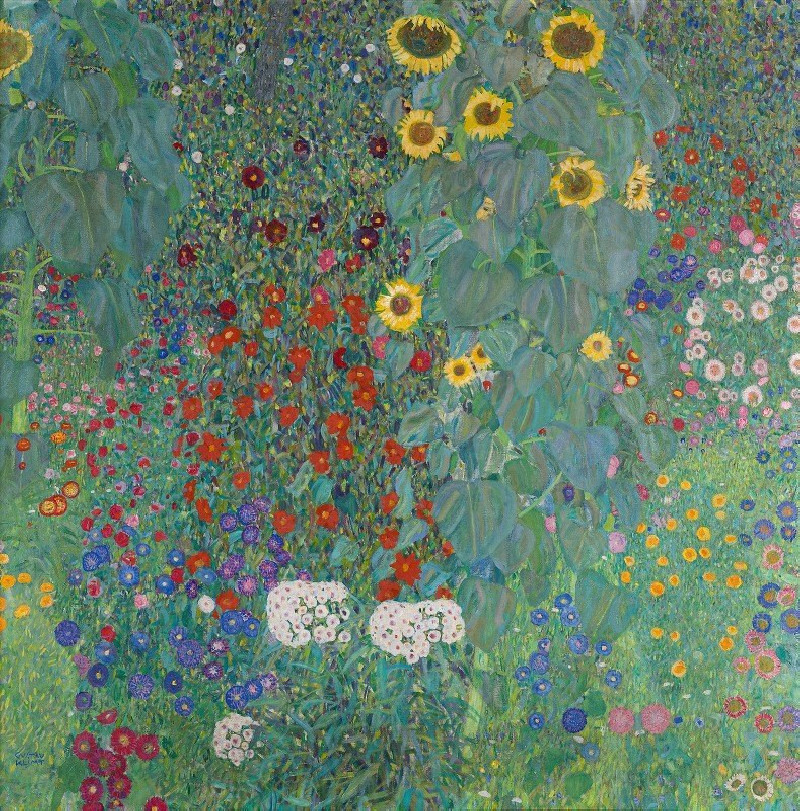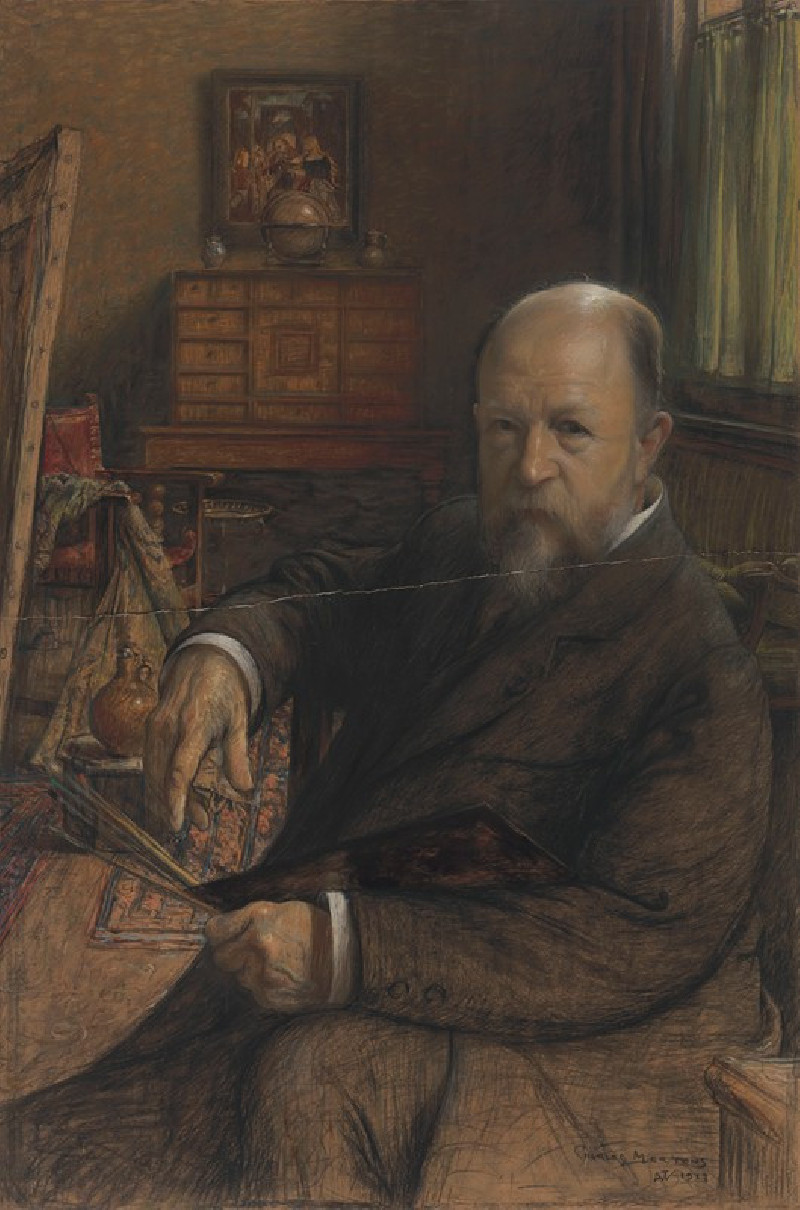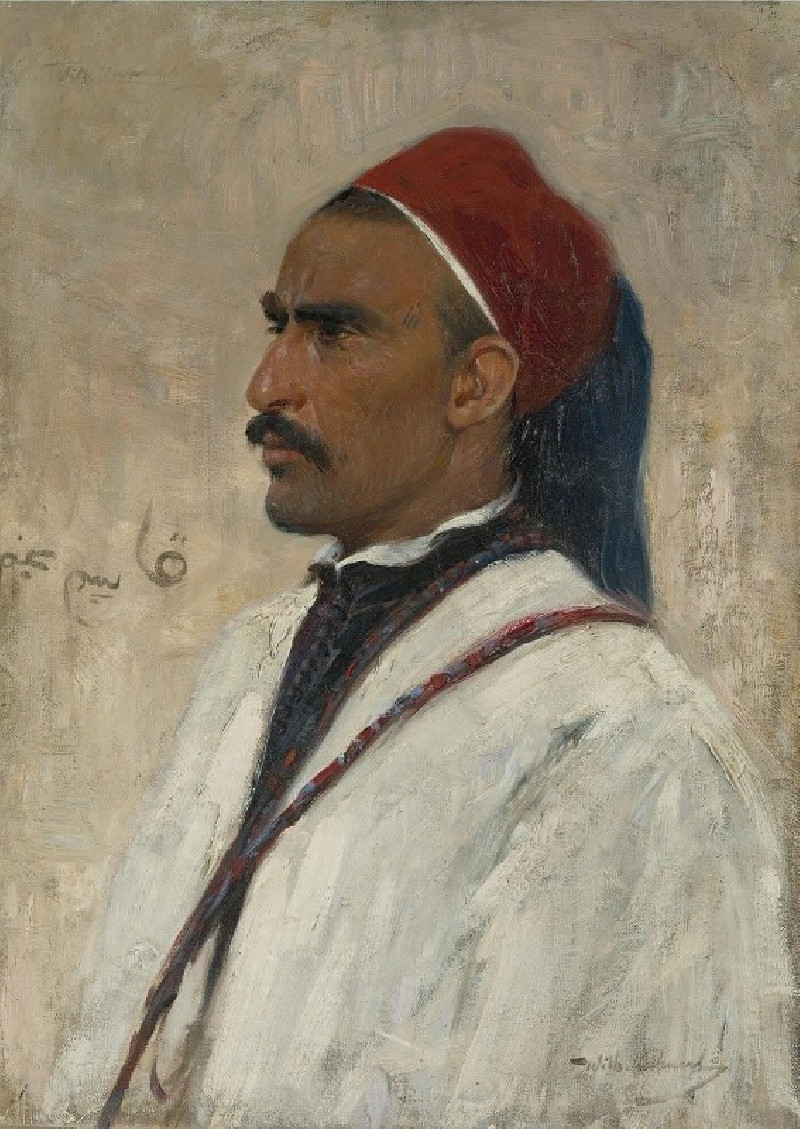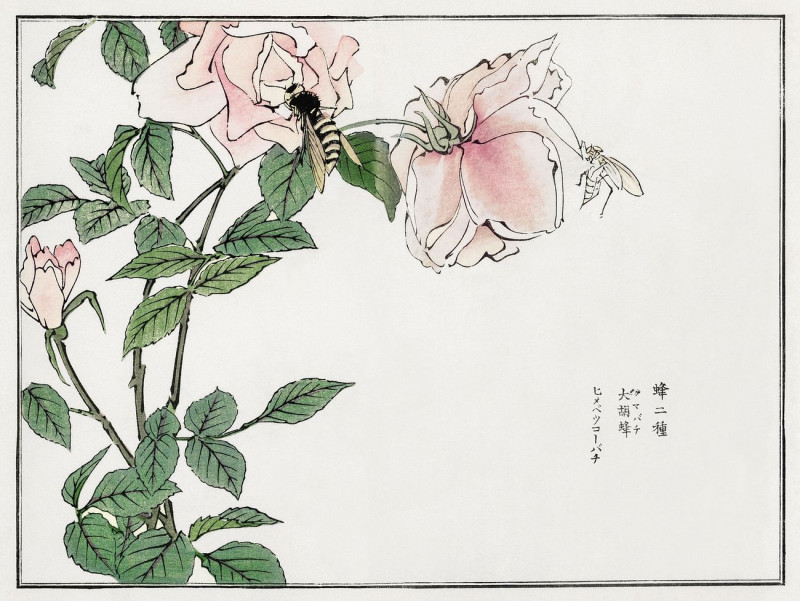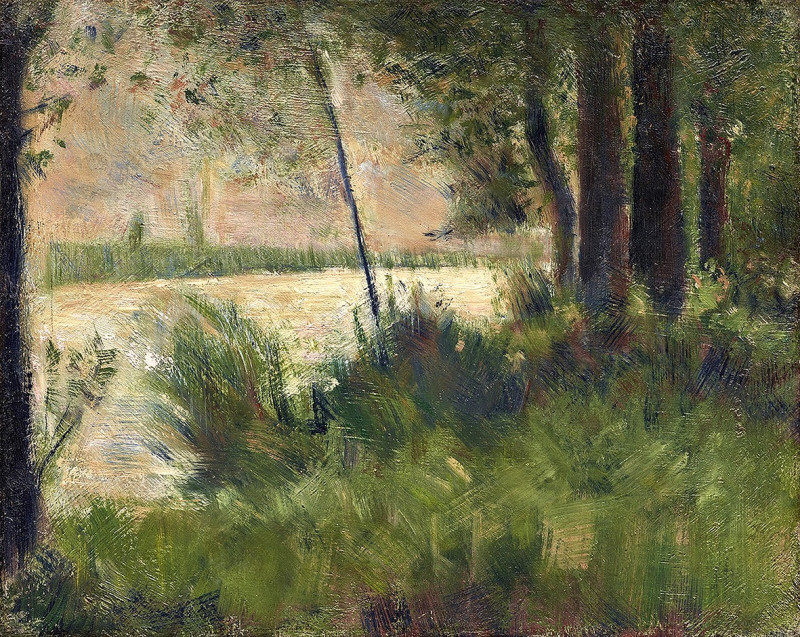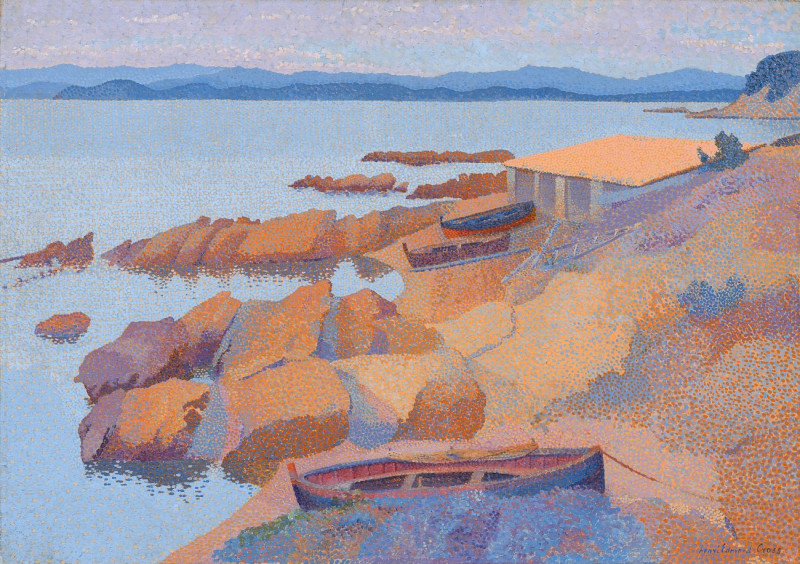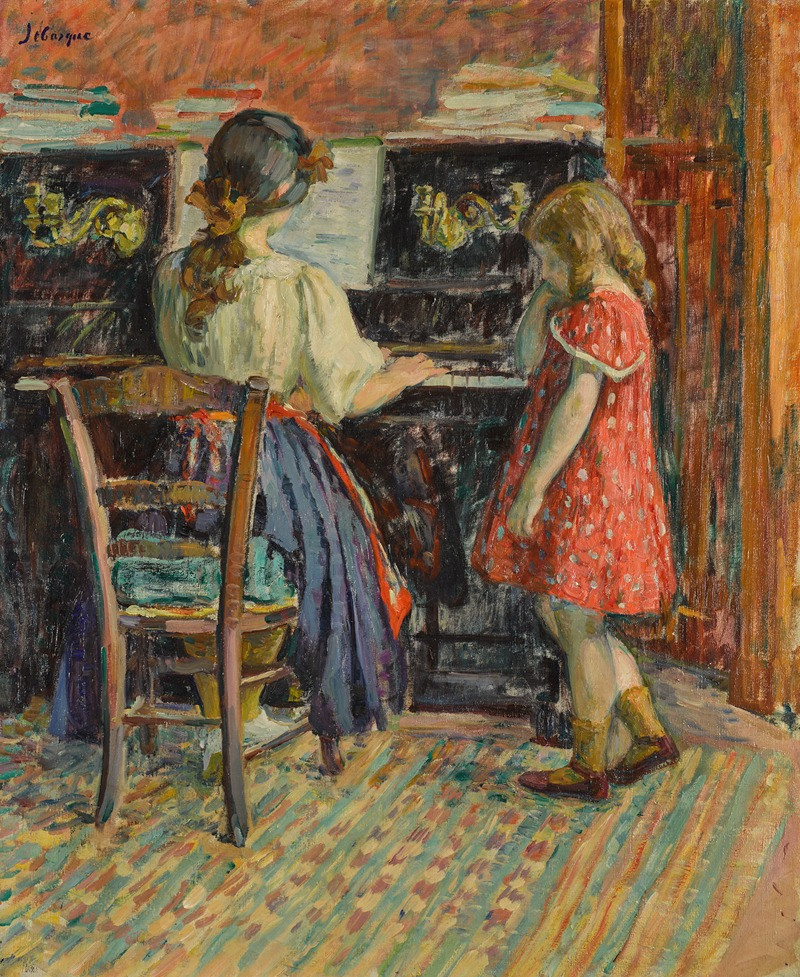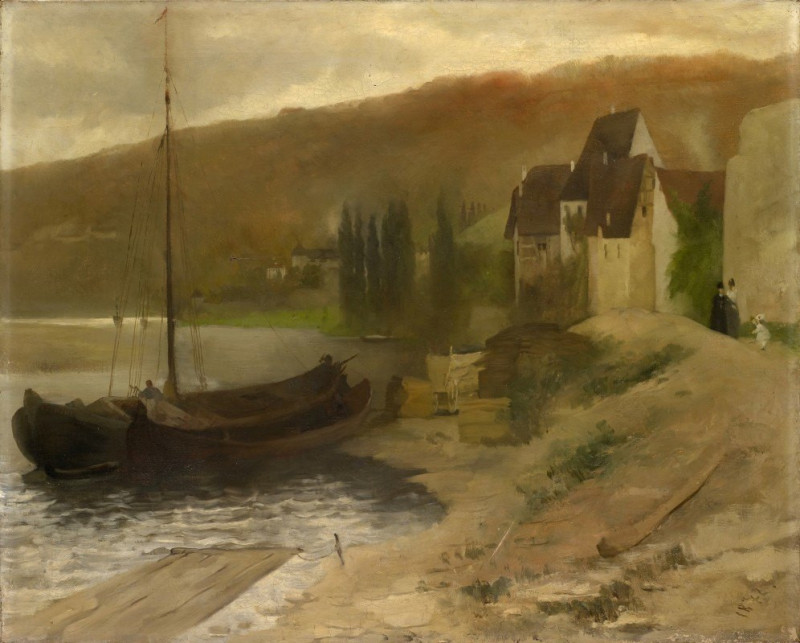Gespenst eines Genies (Ghost of a Genius) (1922)
Technique: Giclée quality print
Recommended by our customers
More about this artwork
Delve into the enigmatic realm of Paul Klee with his painting, "Gespenst eines Genies" (Ghost of a Genius), created in 1922. This captivating artwork provides a unique glimpse into Klee's exploration of abstraction and symbolism, reflecting the complex interplay between intellect and spirit that defines the human condition.At first glance, the painting displays a spectral figure rendered in minimalist lines and forms against a somber, earth-toned background. The figure itself, an intriguing blend of geometric and organic shapes, seems to hover between the realms of the tangible and the ethereal. With its oversized head and poignant, expressive eyes, the ghostly entity appears to be pondering or lost in a profound existential thought.Klee's use of a restricted color palette and textured background contributes to the haunting, timeless quality of the work. The subtle variations in the brown and ochre hues, combined with the rough texture, create an impression of antiquity and mystery, as if the painting is a relic from an ancient, forgotten world."Gespenst eines Genies" invites viewers to reflect on the legacy of genius—its enduring impact and its transient, often elusive nature. Through this work, Klee questions what it means to be a creative spirit and how the echoes of artistic brilliance reverberate through time and space.This piece is a testament to Klee’s mastery in conveying profound themes through simple yet profoundly symbolic imagery. It is an essential exploration for those interested in the psychological and metaphysical underpinnings of modern art.
Delivery
Returns
Paul Klee was a Swiss-born German artist. His highly individual style was influenced by movements in art that included expressionism, cubism, and surrealism. Klee was a natural draftsman who experimented with and eventually deeply explored color theory, writing about it extensively; his lectures Writings on Form and Design Theory (Schriften zur Form und Gestaltungslehre), published in English as the Paul Klee Notebooks, are held to be as important for modern art as Leonardo da Vinci's A Treatise on Painting for the Renaissance.

